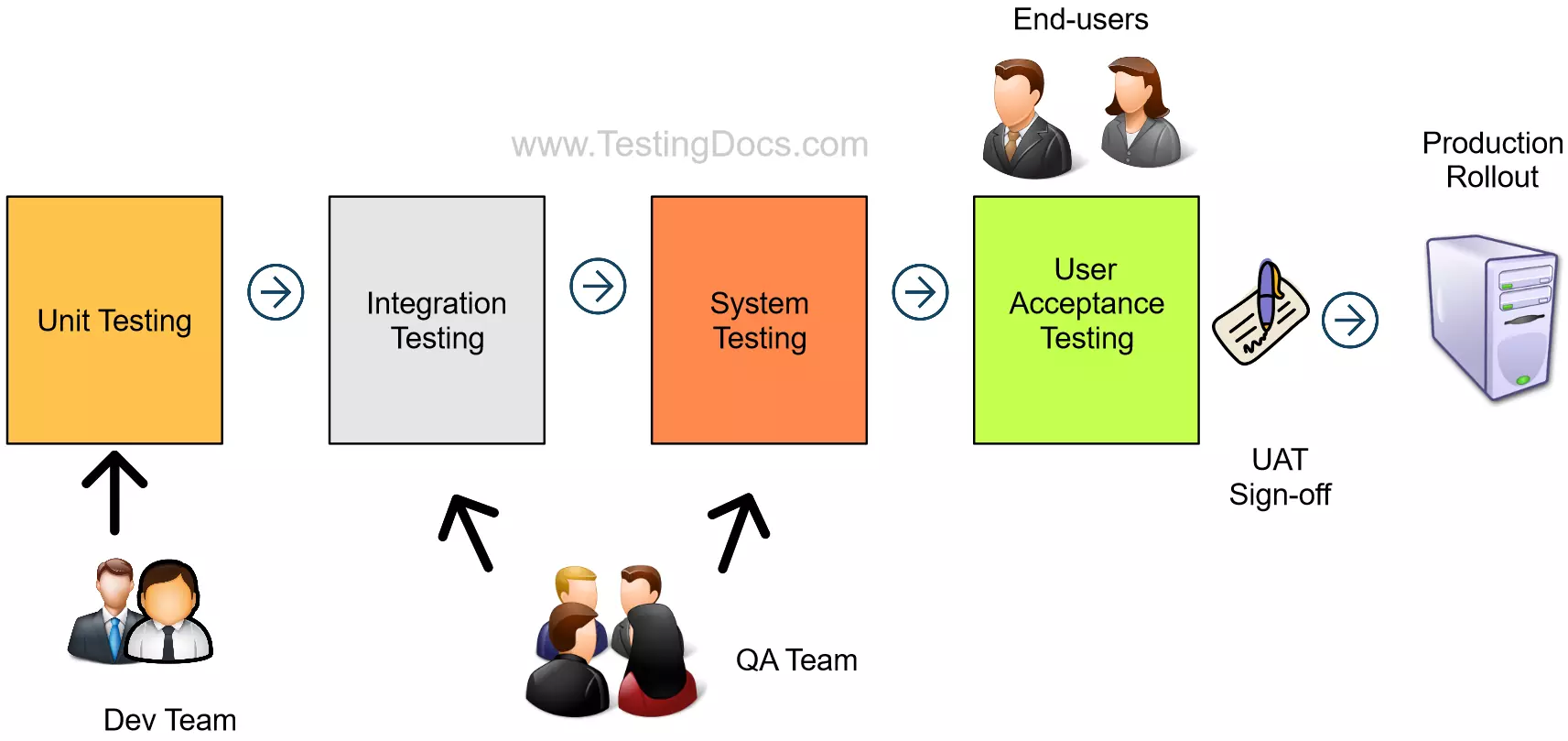Types of User Acceptance Testing (UAT)
Overview
User acceptance testing (UAT) is also called end-user testing. In this type of testing, the end-user or customer uses the application to find out if the software meets the user’s expectations and works as expected. In this tutorial, let’s look at some of the types of user acceptance testing.
User Acceptance Testing is a type of Black box Testing. The UA Testing is generally performed on a UAT environment that mimics the production live environment.
When to start?
There are several prerequisites for kicking off UAT:
- The application development should be completed.
- Various levels of testing like Unit testing, Integration testing, and System testing should be completed.
- Major application bugs should be fixed prior to UAT.
UAT Test Cases
The main focus of the UAT test cases should be on the major functionality and the usability of the application. UAT test cases should have real-world scenarios for the end-users to test.

The steps taken for UAT are as follows:
- UAT Planning
- Design Test Cases
- Execute Test Cases
- Report Defects
- Bug Fixes
- UAT Sign-Off
- Production rollout
Types of User Acceptance Testing
- Alpha Testing
- Beta Testing
Alpha Testing
In Alpha testing, the software is tested by the customers in a controlled test environment that resembles the production environment. For example, selected customers and volunteers are invited to participate in alpha testing. This testing can be performed in-house with developers and the QA testing team available to help alpha testers with any assumptions.
Beta Testing
In this type of testing, the software is tested in an uncontrolled environment and in a real environment. There are several ways in which companies allow beta testing. For example, a trial beta software version is distributed to the beta tester. Beta version made available for download on the Internet, Beta testers are allowed to enroll in the beta program, etc.
—
Software Testing Tutorials:





